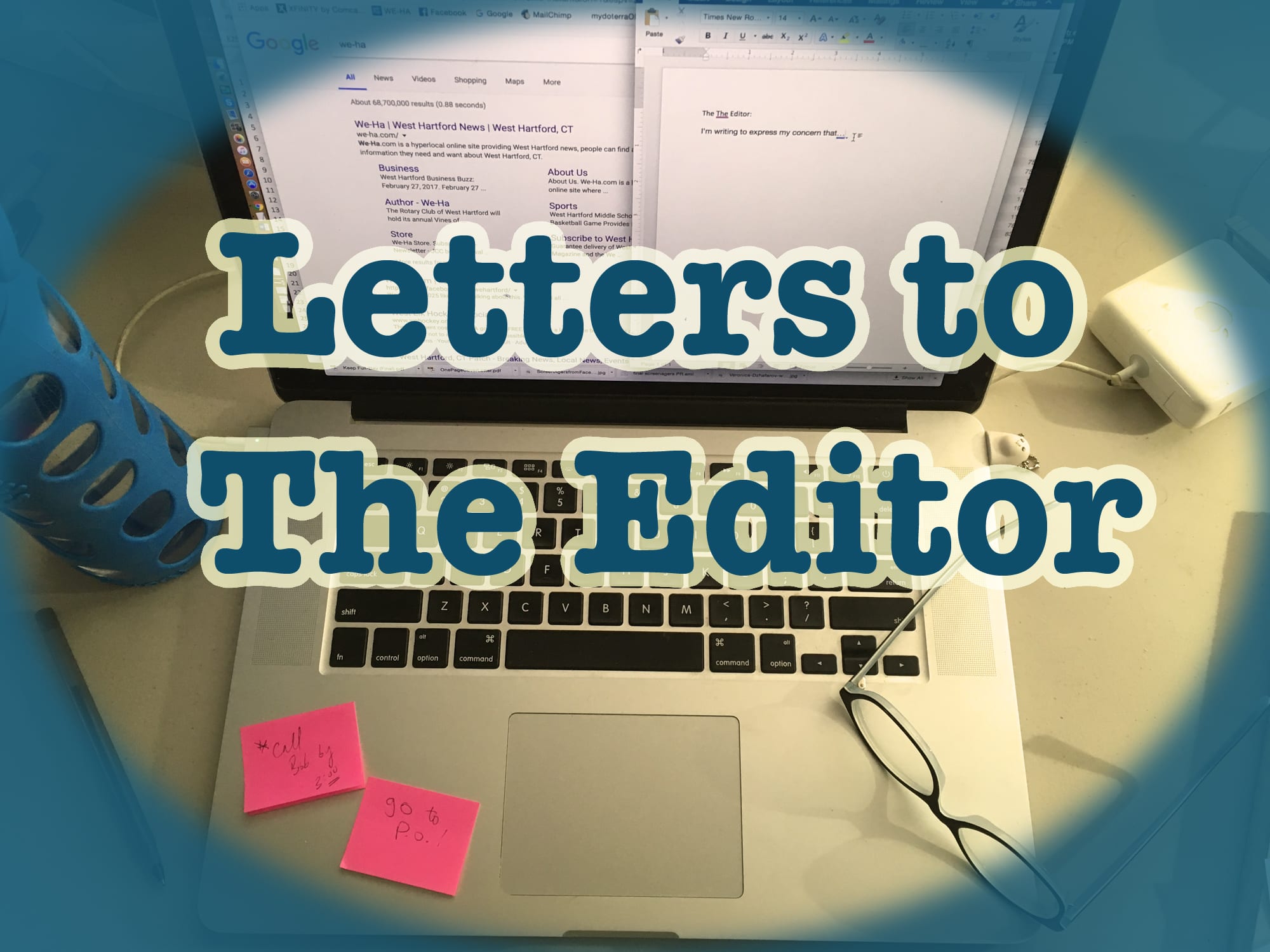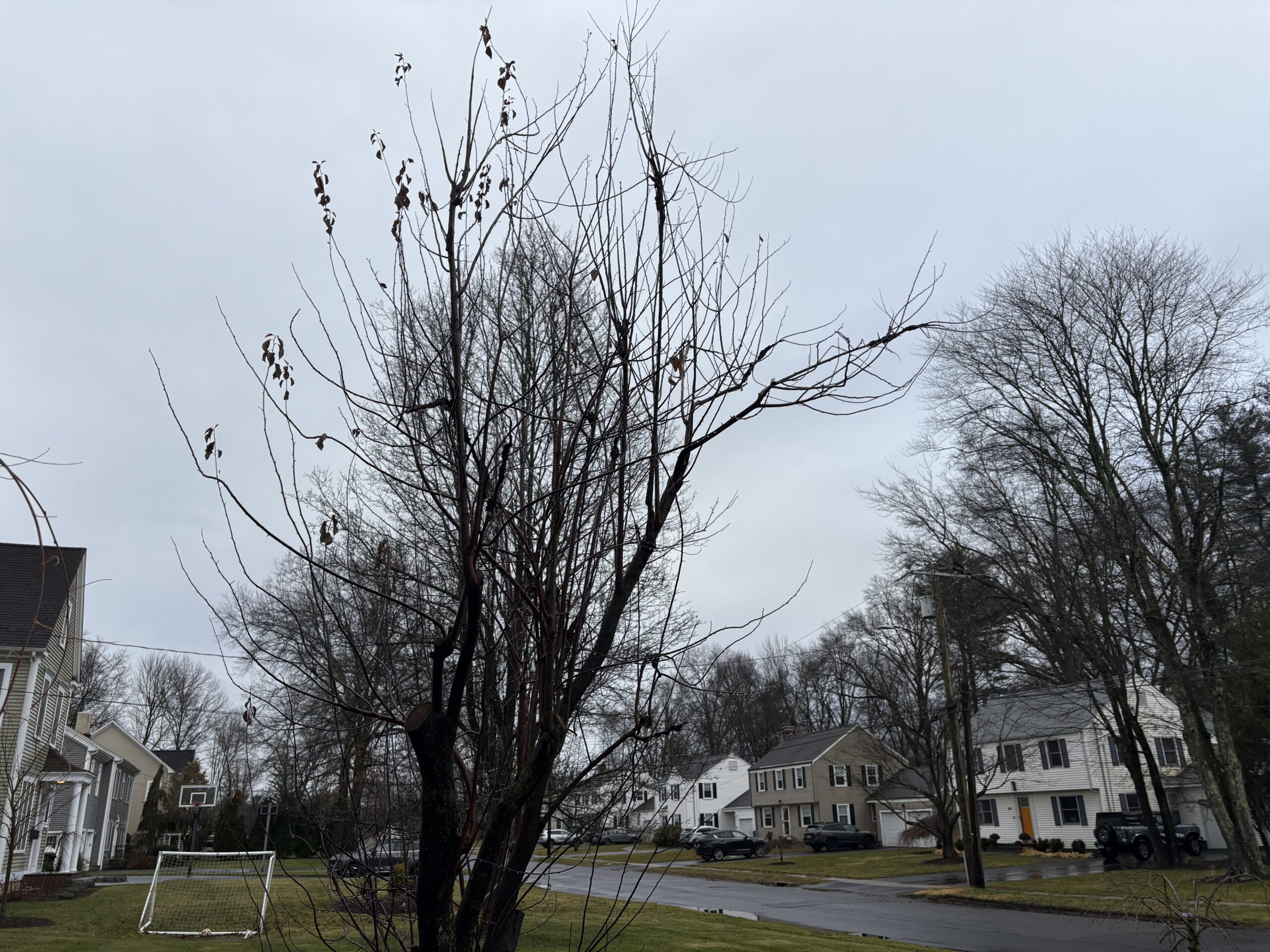Letter: In Support of Bike Lanes

Audio By Carbonatix

We-Ha.com welcomes Letters to the Editor from the public, including endorsements. Letters submitted by political candidates will be considered for publication up to 14 days prior to an election and most will be published within 48 hours of receipt. Letters that contain personal attacks or include profanity of any type will not be published. Rebuttals to letters should be submitted as a separate document, and commenting on letters will no longer be permitted. Please provide your full name and town, as well as your phone number at the end of the letter. Phone numbers will not be published but are required in case verification is needed. Please submit letters to [email protected].
To the Editor:
I saw this election cycle Town Council candidates (yes, more than one) mentioning they specifically support bike lanes. This is great to see!
I wanted to take a moment to talk about what it means to me and others who ride (or want to ride) their bike to get places. First of all, why bike lanes? Studies have shown that bike lanes can reduce the crash risk for ALL road users, not just cyclists (source: https://usa.streetsblog.org/2019/05/29/protect-yourself-separated-bike-lanes-means-safer-streets-study-says).
- It separates the cyclists from motor vehicle traffic – isolating two types of transport that go very different speeds.
- It narrows the road so that drivers are more likely to slow down and pay attention when going through town.
- For people pulling out of side streets and driveways, having a bike lane instead of a parking zone creates a sight-line so drivers can see people pulling out and vice-versa.
- A bike lane would get cyclists off sidewalks, which are actually quite risky to ride on.
- Safe bike lanes would attract more people to ride their bikes to get places, reducing road traffic.
That said, not all bike lanes are equally safe. Narrow painted lanes on speedy roads (the north end of Mountain Road, for example) are much less effective than protected bikeways (like the planned protected track that’s part of the New Park Avenue project). I understand that some negotiation in planning is necessary, although I struggle with negotiations that result in something that either won’t be used for fear of safety or will be used and still potentially result in serious crashes.
One project currently on hold is Boulevard – this will be relevant next spring, as it will probably be one of the first projects under consideration after the Vision Zero report is completed. Last winter, several Pedestrian and Bicycle Commission meetings took place before agreeing on reserving side-street parking for one side of the re-paved section of Boulevard while making room for painted bike lanes on both sides of the street. This plan involved several concessions:
- Keeping side-street parking on one side of the road meant the bike lane would share space with a door-zone. While dooring (opening your door directly into the path of a traveling cyclist) is a fineable offense, this does not mean it won’t happen. Years ago, I was doored traveling with a group of cyclists aside a row of parked cars. A person deep into the row of cars was finishing up a phone call while parked – after hanging up, they flung their door open into me, catching the back frame of my bike and sending me and my broken bike sliding 20 feet into the road. On the positive side, the cyclists I was with included my parents, so I was grateful to have been hit instead of either of them. Putting bike lanes next to dooring zones gives me anxiety, especially knowing that any potential dooring victim could be pushed into oncoming traffic, putting them at risk for more serious injuries and possibly death.
- Many cyclists have issues with the bump-outs currently at all intersections on Boulevard west of Main Street. Early on, it was made clear the repaving project would make no changes to existing curbs. What these bump-outs do is force cyclists to move into the road at intersections. Intersections are where a majority of all crashes occur, so not an ideal place to be moving into traffic. That said, bump-outs also make the roads narrower at intersections – this reduces crossing distances for pedestrians and also works in slowing traffic (again, narrower roads often improve driving behaviors).
- By not protecting either bike lane with a curb or posts of any type, the safety of the whole project takes a hit. Since Boulevard has a 35 mph speed limit, current street design guidance recommends bike lanes be protected.
- A delay put the project off from May/June 2023 to some point in 2024. Removing side-street parking on just one side of the street was a concern for some residents in the area. One concern was that a bike lane here would reduce home values. Since side-street parking is never a guarantee (it’s public space) and all residences in this area have driveways attached to their homes, it’s hard to fathom why this would negatively impact home value. Further, removing side-street parking can actually improve curb appeal as well as insurance rates since cars parked on the street have a much higher likelihood of being stolen or hit.
Finally, bike lanes are great, but what else? We have many narrow streets in New England and I understand finding space for a bike lane plus travel lanes plus areas for buses to pull over while not encroaching on property lines may not be feasible. There are many other levers to pull that would improve the safety around our great town, where so much is in walking distance. These include:
- Reducing and enforcing speed limits. Crashes at 30 miles per hour are five times more likely to end in fatality than at 20 miles per hour. I’d love to see more 25 mph and slower zones in town.
- Adding speed bumps or speed tables and raising crosswalks. This incentivizes drivers to slow down and also raises pedestrians up so they can be better seen and have better footing in poor weather.
- Enforcing no parking in bike lanes – many existing bike lanes in West Hartford are frequently obstructed by both private and commercial vehicles, negating any safety benefits they’d have otherwise offered.
- Adding or extending side-walks where these are missing and needed. The town has done great work with sidewalks, but there are still some gaps forcing walkers and joggers into yards or streets.
- Banning right on red. At several intersections in town there are “no right on red” signs, but without consistency these are often ignored.
I applaud that our town and Town Council members are taking a stance on street safety and some who have gone as far as saying outright they support bike lanes, and am again hopeful for the future of our great town. Thank you!
Jim Head
West Hartford resident and board member of Bike West Hartford



